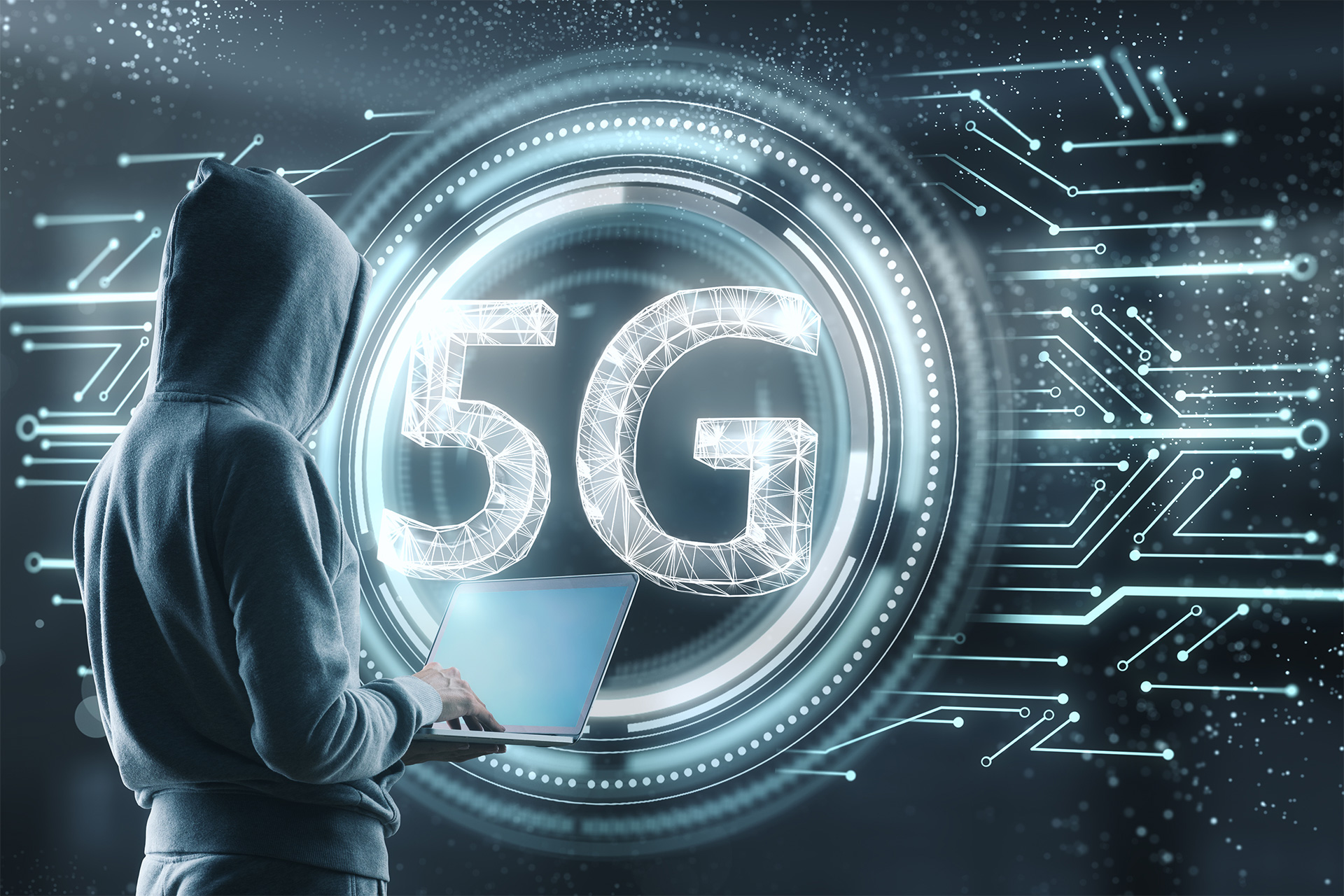Over the next ten years, billions of 5G devices will be online. The advantages of a 5G connection are apparent: more excellent coverage, greater bandwidth, and reduced latency enable cutting-edge apps at the lowest costs ever.
Theoretically, 5G should provide more security than earlier generations. However, the realization of each particular 5G network will significantly impact the promise of safer and more dependable connection (in comparison to older mobile technologies). In other terms, how aggressive you are in protecting the 5G connections you deploy and administer will determine how secure 5G mobile security is in the future.
It’s crucial first to comprehend the present security risk to know how to take preventative measures regarding 5G security.
Six threats and risks to 5G networks
There are numerous dangers for 5G networks, some from legacy traditions and previous generations. At the same time, others are brand-new risks unique to the 5G software-defined networking protocol.
1. Inherited vulnerabilities
Relative to earlier mobile communication technologies like 2G, 3G, and 4G, 5G, its design contains improved security features. 5G must still offer a method of communicating with devices that use the previous standards to be backward compatible. This compatibility criterion ensures that attacks discovered in the obsolete SS7 and Diameter protocols utilized by 2G-4G networks can continue to plague a modern 5G-based network connection without a security-minded design to address the problem at its core.
2. New vulnerabilities
Although user adoption of 5G is still in its infancy, experts and hackers have had years to examine the technology. At least six significant security weaknesses, including holes in 5G’s authorization and verification processes, have been found during that time.
3. Man-in-the-Middle attacks
Like most IP networked devices, 5G is vulnerable to Man-in-the-Middle attacks that utilize IMSI catchers and malicious core networks that pose as hardware from authorized mobile network operators to intercept sensitive information.
4. IP attacks
Most of the heavy lifting for 5G is handled by the software-defined networking (SDN) layer, as opposed to earlier 2G, 3G, and 4G technologies that rely on specialized technology. While SDN increases the 5G network’s extensibility and flexibility, it is also vulnerable to IP (Internet Protocol) threats like DDoS. (Distributed Denial of Service). Network hijacking is another IP threat type employed against 5G networks. When a malicious attacker hijacks a network, critical information reroutes through the hijacker’s network before being sent back to the original destination.
5. Corrupt foreign networks
Authorities that may be more interested in obtaining data on the mobile network than in user protection may be in charge of regulating foreign networks. Government agencies may use their regulatory authority to compel the installation of backdoors and the weakening of other security measures without disclosing this to the general public.
6. Supply chain threats
Government involvement in manufacturing telecommunications equipment is one-way politics may affect 5G security. For instance, numerous nations, such as India, the UK, and the United States, have passed laws prohibiting using 5G infrastructure products purchased from Chinese vendors (Huawei, ZTE, etc.). Concerns regarding claimed Chinese government involvement over certain 5G equipment suppliers, which could result in 5G devices supplied by these vendors compromising on purpose, are the reason behind these measures.
Are 5G mobile networks more secure?
The simple answer is “Yes” because 5G’s improved encryption and protocol technique. Yes, but the lengthy response if you’re ready to spend in cybersecurity. Safeguarding a 5G network involves more than just relying on advancements in the technology itself.
Implementing mitigation techniques and solutions for the identified threats and vulnerabilities from which 5G networks are now at risk is necessary for network security. All the while is allocating funds and enforcing regulations to continuously watch for and respond to fresh dangers as they appear.
The Future of 5G Security
We must become aware of the new threats, opportunities, and trust mechanisms that must be taken into account while developing the security of future 5G networks due to the growth of mobile networks brought about by 5G.
Evolving threats
There are an unprecedented amount of 5G devices now under development. The significantly improved speed, reduced latency, and device density support (regio/devices) open up new possibilities for creative 5G technology applications. As the number of active devices explodes, 5G will soon become both a vital piece of infrastructure for high availability and a very desirable target for bad actors looking to use linked devices for nefarious purposes.
Zero Trust
Zero Trust networks operate by not relying on any trust presumptions. A Zero Trust network, perfect for mobile carriers, uses numerous methods and criteria to assess whether a data request is authentic rather than relying on predefined credentials. Incorporating digital ids, a regulatory framework, secure transport, and regular monitoring are necessary for implementing a 5G Zero Trust network.
A significant worldwide revolution is driving mobile connectivity into every area of our life, from power metres to car fleet monitoring. It includes 5G deployment and the Internet of Things. It’s crucial to incorporate security into each 5G network infrastructure from design to installation and maintenance as 5G becomes a crucial component of the infrastructure controlling our daily lives.

